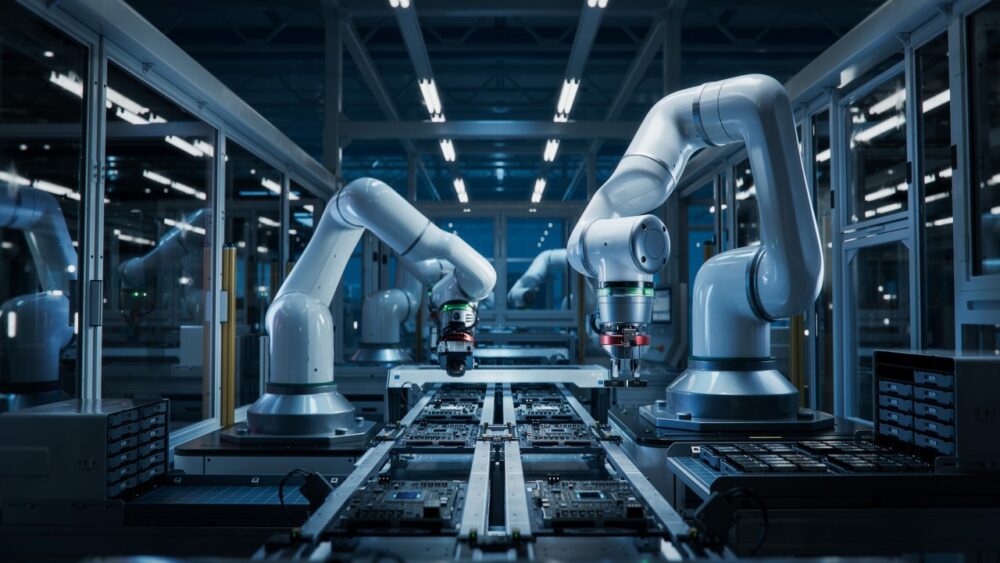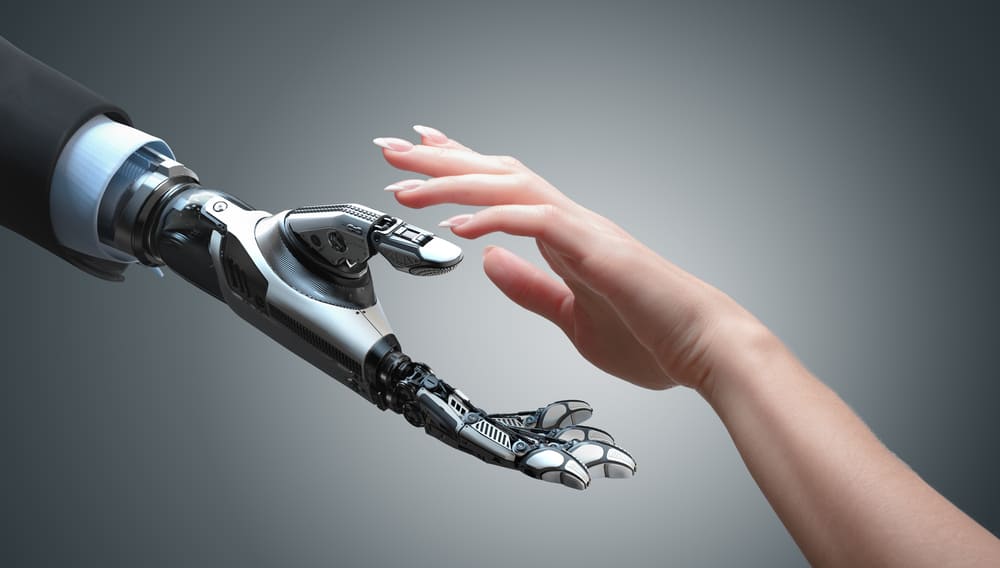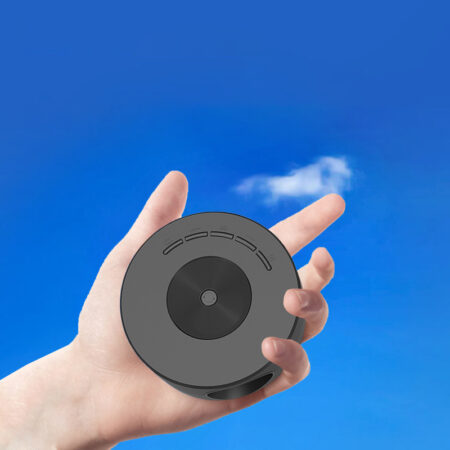
Introduction
The concept of smart technology, once a mere figment of science fiction, has evolved significantly over the years to become an integral part of our everyday lives. From smart homes and wearable devices to artificial intelligence and the Internet of Things (IoT), the transformation of smart technology has been nothing short of remarkable. In this article, we will explore the fascinating journey of smart technology from its humble beginnings in the realm of sci-fi to its pervasive presence in our modern reality.
The Early Vision in Sci-Fi Literature and Films

The roots of smart technology can be traced back to early science fiction literature and films. Visionaries such as Isaac Asimov, Arthur C. Clarke, and Philip K. Dick presented ideas that would later become the building blocks of smart technology. Asimov’s Three Laws of Robotics, Clarke’s prediction of communication satellites, and Dick’s exploration of human-robot interactions laid the groundwork for what would become a technological revolution.
One of the earliest and most iconic representations of smart technology was in the 1968 film “2001: A Space Odyssey.” The sentient computer system HAL 9000 depicted the possibilities and risks associated with advanced AI and human-computer interactions. This film and others like it inspired researchers and engineers to explore the possibilities of creating intelligent machines.
The Emergence of Artificial Intelligence
The true evolution of smart technology began with the emergence of artificial intelligence (AI). In the 1950s and 1960s, AI pioneers like Alan Turing and John McCarthy developed the foundations of AI and the concept of machine learning. Initially, AI was limited by the lack of computing power and data availability, but as technology progressed, so did AI capabilities.
The 1980s saw a surge of interest in AI applications, with expert systems and rule-based algorithms being developed for various industries. However, progress was slow, and the AI winter of the late 1980s and early 1990s cast doubts on the feasibility of AI. Nevertheless, researchers persevered, and breakthroughs in areas like neural networks and deep learning reignited interest in AI in the late 1990s.
The Rise of Smart Devices and the Internet of Things

The 21st century witnessed the convergence of smart devices and the Internet of Things (IoT), which transformed the way we interact with technology. Smartphones, equipped with powerful processors and sensors, became a hub for various smart technologies, including smart homes, wearables, and connected cars.
Smart homes became a symbol of futuristic living, with the ability to control lighting, heating, security, and appliances remotely. The integration of voice assistants like Amazon’s Alexa and Google Assistant provided a more intuitive and natural way to interact with smart devices.
Wearable technology, including smartwatches and fitness trackers, gained popularity as people sought to monitor their health and stay connected on the go. These devices offered features like heart rate monitoring, step tracking, and smartphone notifications.
The IoT extended the idea of smart devices beyond consumer electronics. It connected everyday objects and appliances to the internet, enabling data exchange and automation. From smart thermostats that learned user preferences to self-driving cars that navigated through AI algorithms, the IoT revolutionized various industries.
Artificial Intelligence in Our Daily Lives
The advancement of AI technologies gradually infiltrated numerous aspects of our daily lives, often without us even realizing it. AI-powered recommendation systems, such as those used by Netflix and Spotify, analyze user behavior to suggest personalized content, creating a more enjoyable user experience.
E-commerce platforms leverage AI algorithms to predict customer preferences and behavior, optimizing product recommendations and pricing strategies. In the medical field, AI assists in diagnosing diseases, analyzing medical images, and even recommending personalized treatment plans.
Moreover, AI-driven chatbots and virtual assistants have become common in customer service, offering quick responses and efficient support. The development of natural language processing (NLP) allowed these AI agents to understand and respond to human queries more accurately.
Smart Technology in Industry and Beyond

Smart technology has also made significant strides in various industries, enhancing efficiency, safety, and productivity. Manufacturing and logistics companies leverage IoT devices to monitor equipment health, track inventory, and streamline supply chain operations. AI-powered predictive maintenance systems can detect equipment failures before they occur, reducing downtime and maintenance costs.
The transportation industry has witnessed the rise of autonomous vehicles, ranging from self-driving cars to drones. These vehicles use a combination of sensors, AI algorithms, and real-time data to navigate and make decisions, promising safer and more efficient transportation in the future.
In agriculture, smart technology and AI have enabled precision farming techniques. Sensors collect data on soil moisture, temperature, and nutrient levels, allowing farmers to optimize irrigation and fertilizer usage, leading to better crop yields and sustainable farming practices.
Challenges and Concerns
While smart technology has brought about numerous benefits, it also comes with challenges and concerns. Privacy and data security issues arise with the vast amounts of personal data generated and shared by smart devices. Ensuring the protection of user data and preventing unauthorized access has become a critical concern.
Moreover, there are ethical considerations regarding AI and its potential impact on employment. As AI and automation continue to advance, there are concerns about job displacement and the need to reskill the workforce to adapt to these changes.
The potential misuse of AI in autonomous weapons and other destructive applications raises serious ethical questions about the responsible development and use of smart technologies.
The Future of Smart Technology

Looking ahead, the evolution of smart technology shows no signs of slowing down. As AI continues to advance, we can expect more sophisticated applications in areas like virtual reality, augmented reality, and natural language processing.
The integration of smart technology with the human body, often referred to as “cyborg technology,” could lead to revolutionary breakthroughs in healthcare, accessibility, and human performance.
The growth of smart cities, where interconnected systems and data-driven insights are used to manage resources and improve the quality of life for residents, will become increasingly prevalent.
Conclusion
The journey of smart technology from the realms of science fiction to our reality has been awe-inspiring. What once seemed like a distant dream has become an inseparable part of our daily lives. The continued evolution of smart technology offers both immense opportunities and challenges. As we move forward, responsible development, ethical considerations, and ensuring the benefits are accessible to all will be vital in shaping a future where smart technology continues to enhance our lives and society as a whole.















